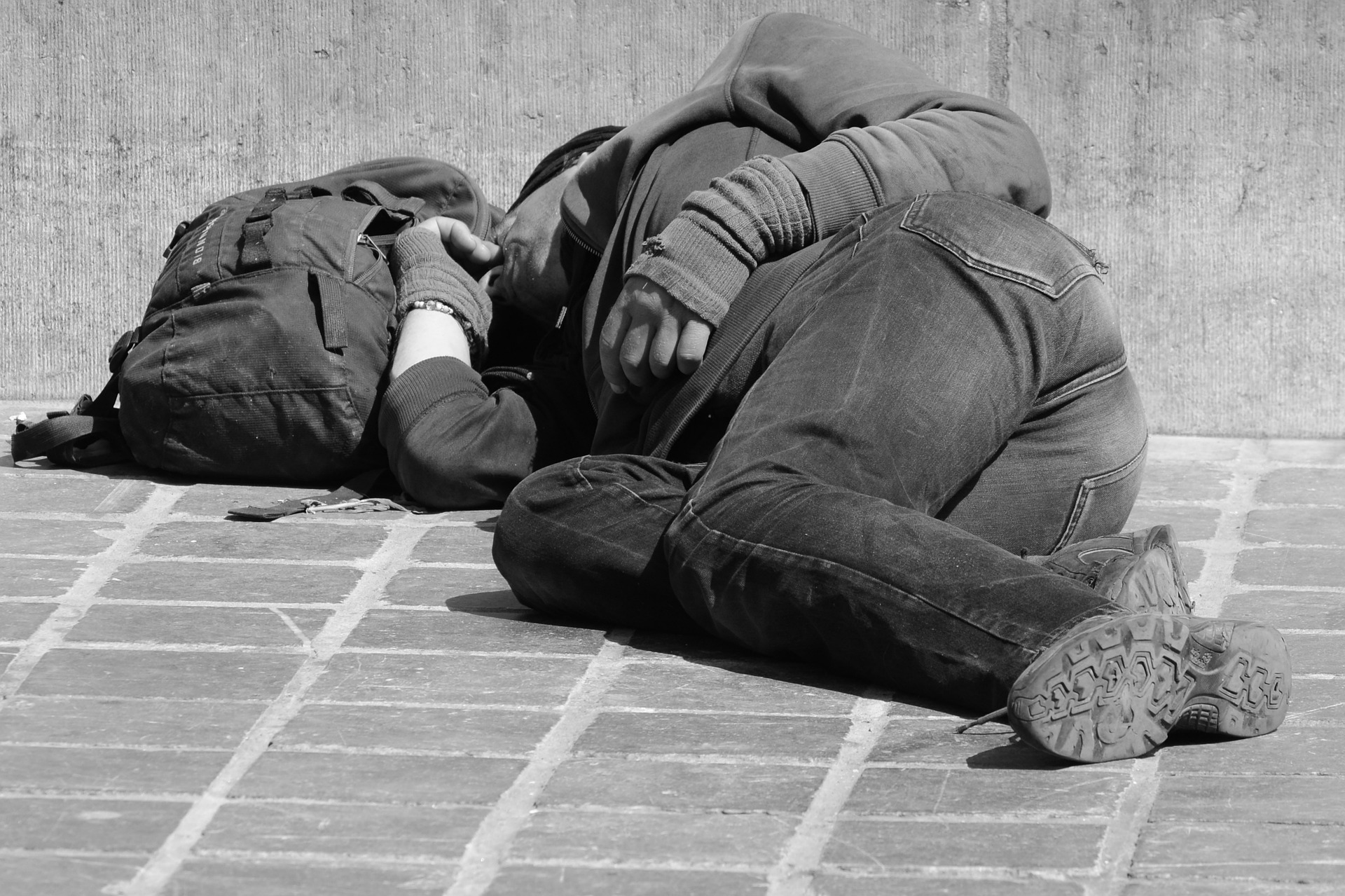By Maya Srikrishnan.
San Diego has the second-highest number of homeless veterans in the state, yet it barely secured any money from a new state program that doles out funds for new veteran housing projects.
California launched its Veterans Homeless and Housing program this year, making $75 million available to private developments that would build new homes for low-income and homeless veterans. San Diego was meant to get about $5 million of that money, based on the size of its homeless population.
But just one project in the county applied for the state funds, securing just under $1 million – the smallest of all grants awarded. Los Angeles, meanwhile, brought in $25 million for eight veteran housing projects.
The rest of the money meant for San Diego projects was left up for grabs for other projects in the state.
“We have a lot of veterans in San Diego,” said John Seymour, vice president of acquisitions at National CORE, the developer that won the county’s only award. “And this means we aren’t helping our veterans to the extent we could. Why weren’t we putting in more applications?”
San Diego County has the second largest veteran population in the state – after Los Angeles – with more than 227,000, according to statistics from the Department of Veterans Affairs. Veteran homelessness in the county rose 5.7 percent to 1,381 this year, according to a recent report from the Regional Task Force on the Homeless. Veterans make up 15 percent of San Diego’s homeless population.
The San Diego project that applied for funding, Mission Cove Apartments in Oceanside, will provide 288 low-income apartment units to veterans, seniors and teenagers aging out of foster care. The developers broke ground on the project a year ago.
Seymour said part of the reason that few developers in San Diego applied for these funds is that the money is meant for projects that are already pretty far along in the process – the project should have development rights secured, environmental review done and some funding already in place – and it is difficult for low-income housing projects in San Diego to get to that point. But those are issues throughout coastal California cities. San Diego’s hardly unique.
Once San Diego-specific barrier, Seymour said, is the lack of available funding for supportive services for veterans – things like health care, social workers, substance abuse programs, education and employment services.
The Department of Veterans Affairs in San Diego gives vouchers to veterans in need to help them pay for housing. When they find housing, their case worker from the VA will continue to work with them, providing services. But there is no source of government funding specifically to provide those services before housing is built.
In Los Angeles, however, organizations that provide housing for homeless populations have received a boost in the past couple of years. The Los Angeles County Department of Health Services recently launched a Housing for Health department that focuses on providing preventative and supportive care to high-risk populations – those who end up using the emergency room, jails and other high-cost health care providers most frequently.
The cornerstone of the agency’s work, according to its website, is to provide “decent, safe, and affordable housing linked to a flexible array of support services” that “along with access to medical and behavioral health care are integral to achieving housing stability, improved health status, and greater levels of independence and economic security.”
“In the past we had to rely on grants and money that was less reliable, so this has provided us with a lot of needed resources,” said Brendan O’Donnell, a business development associate at Skid Row Housing Trust in Los Angeles, which won awards from the state veteran’s funding program for two of its housing projects.
The state evaluated each project that applied for funding through a point system. Inability to provide services in new housing for homeless veterans would have resulted in an applicant losing points, according to the application guidelines. Sixty-percent of the funds were directed to housing chronically homeless veterans and required that developers provide significant services to even be eligible.
Mission Cove Apartments will be for low-income veterans, not homeless veterans, so they didn’t need to provide as high a level of services.
Seymour said he wanted to have some of the apartments house homeless veterans, but had to scrap the idea when he realized they couldn’t pull together funds for the social and medical services.
“We considered applying to have units for chronically homeless in our Oceanside project and we backed off,” he said. “Until we figure it out and others figure it out, we’re not applying for those funds and I don’t think anyone else will either.”
Greg Anglea, executive director of Interfaith Community Services, an organization that provides those social services to veterans, said his organization has tried to work with developers interested in building housing for veterans. The attempts are always unsuccessful because they can never figure out how to pay for Interfaith’s social workers and programs.
“There are simply not enough resources for these services,” Anglea said. “Behavioral health, education, substance abuse – these are all common issues with homeless veterans and it’s easier to address them with a roof over their head. But there’s a funding gap.”
He said his organization and others that provide similar services receive some funding from the Department of Veterans Affairs and “outside of that there isn’t anything rock solid, just community groups trying to patch funding together.”
“We’ve been in conversations with affordable housing developers looking at projects that hope to utilize this state funding to build housing, but we haven’t been able to determine how we can fund those services that developers need to actually make those projects work,” Anglea said.
[divider] [/divider]





